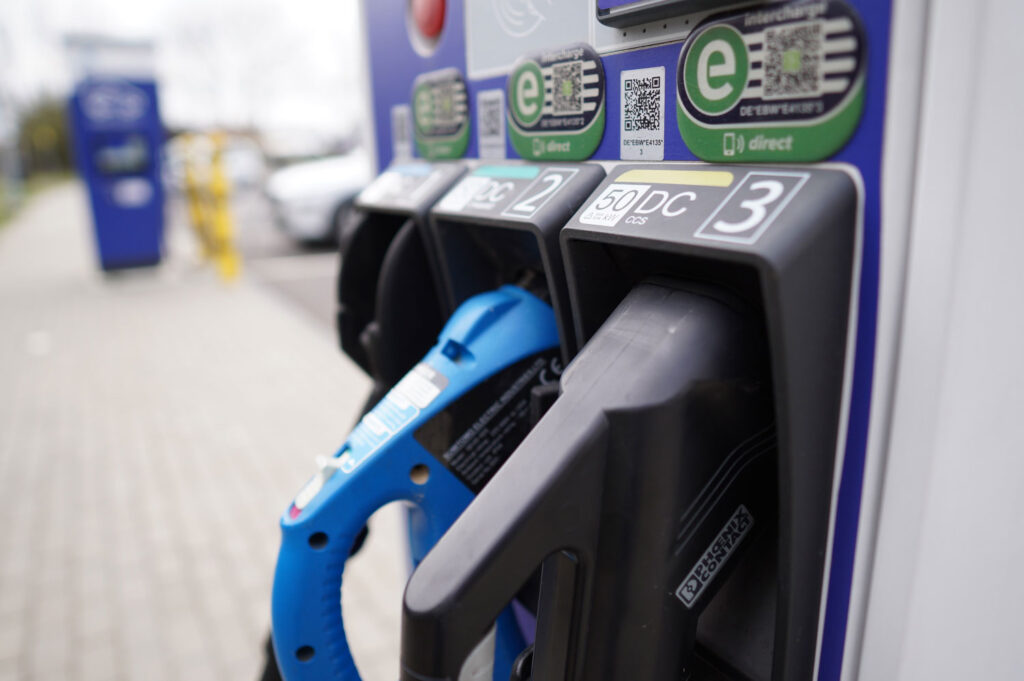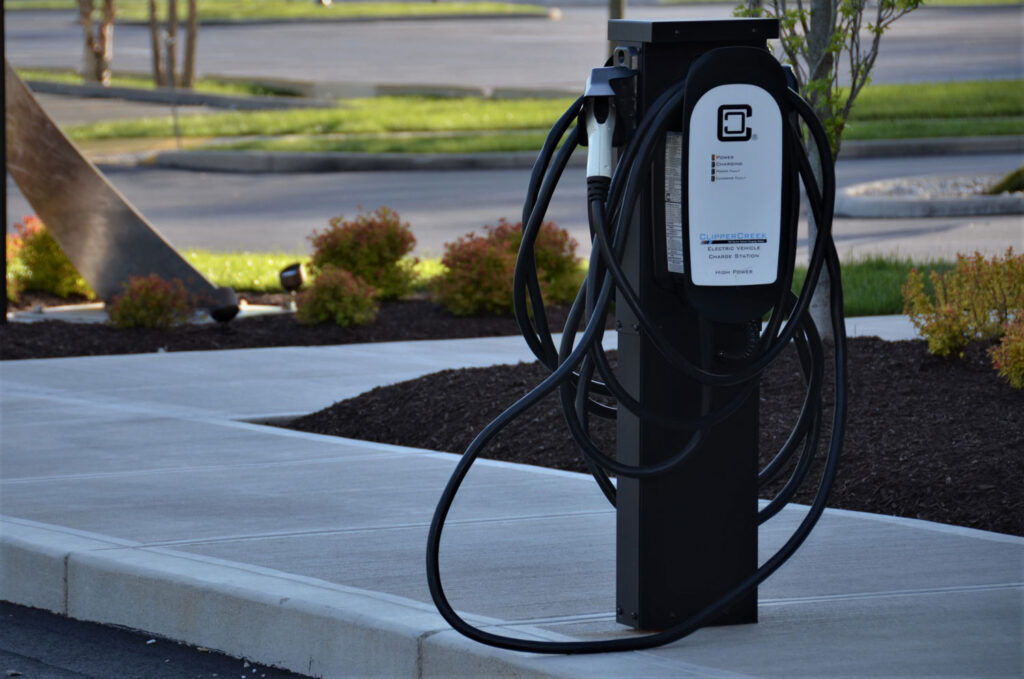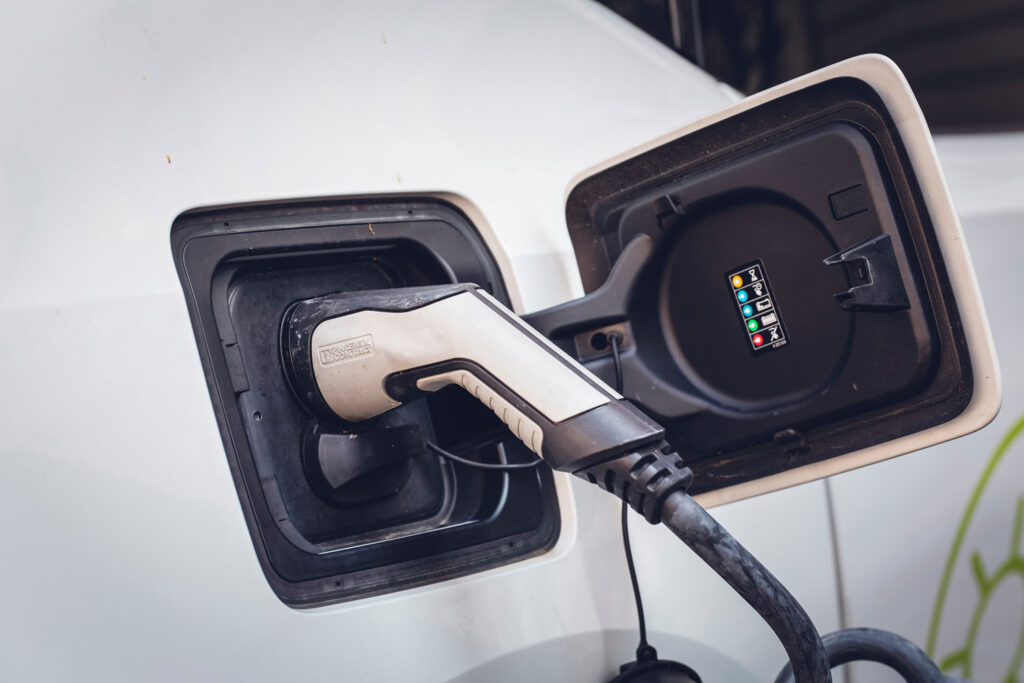MARON-ELECTRONICS offers services for eMobility EV chargers networks :
- Preliminary study and budget estimation for installing and operating EV charger stations
- Obtain legal needed permissions for the project
- Define the electrical detailed studies
- Realize or monitor the realization of installation works
- Control and validate the respect of the design specifications
- Train the operators of the EV charger installation
- Secure the technical support, the predictive maintenance and maintenance of the installation.



